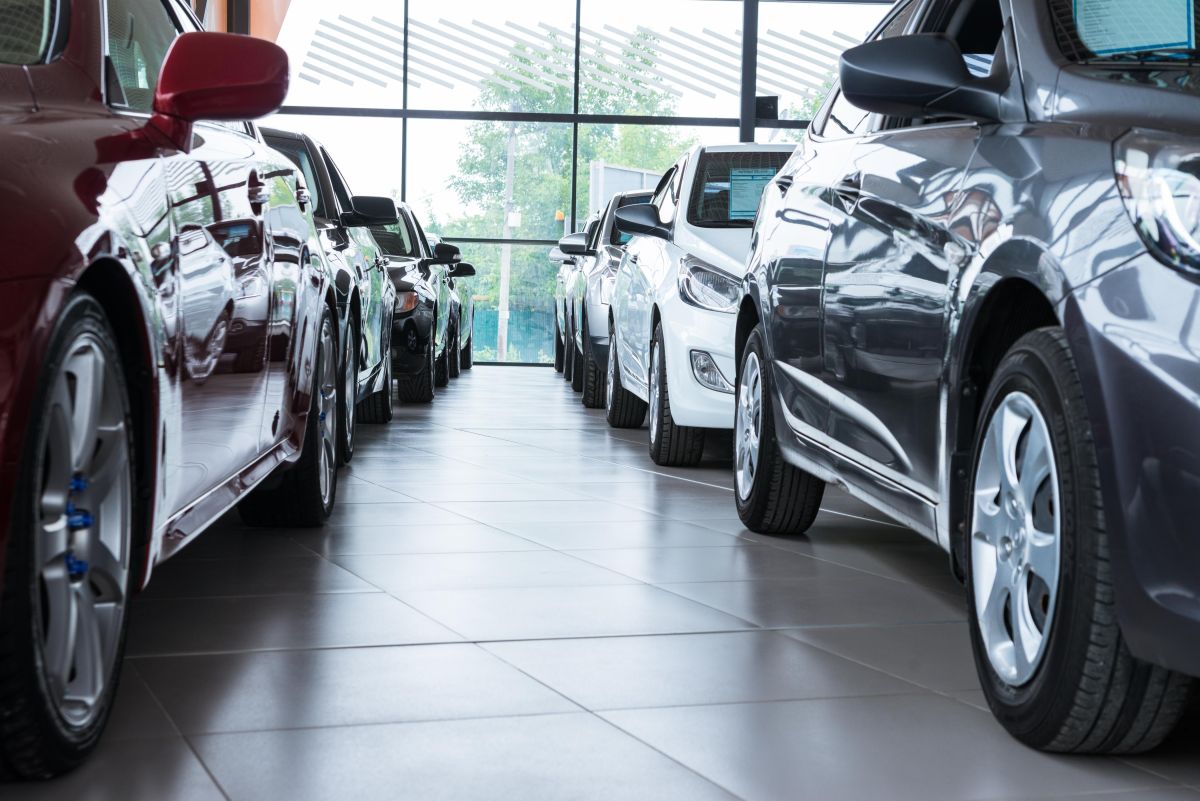The U.S. new-vehicle market is expected to remain stalled at a mid-15 million sales pace for July, a level that has largely persisted for over two years, excluding a brief surge in spring. This plateau, driven by high prices and interest rates, suggests a continued impact on collision repair shop management and the broader automotive aftermarket.
Analysts at Cox Automotive project July's seasonally adjusted annual rate (SAAR) to hit 15.6 million units, a modest increase from June's 15.3 million but a slight dip from 15.8 million in July of last year. Total sales volume is anticipated to rise marginally to 1.3 million vehicles, though this gain is partially attributed to two additional selling days in July compared to June, and one more than last July.
"After the sales surge in March and April, the new-vehicle market has dropped right back to where it started," said Charlie Chesbrough, senior economist at Cox Automotive. "High prices and high interest rates are holding the market consistently below 16 million, despite improving inventory levels. And there's no reason to believe trends are improving from here.”
This sustained sales pace below 16 million signals a more constrained environment for collision repairers, affecting potential new business pipelines from recent vehicle purchases.
Economic Headwinds and Their Ripple Effect
The economic landscape continues to present challenges for consumers and, by extension, the automotive industry. Persistent inflation, while showing signs of easing, still influences consumer spending habits. The Federal Reserve's sustained higher interest rates aimed at curbing inflation have made vehicle financing more expensive, directly contributing to the stagnant sales figures.
This environment can lead consumers to hold onto their vehicles longer, potentially increasing the average age of vehicles on the road, which has implications for repair frequency and the types of repairs needed.
For collision repair shops, a stable or declining rate of new vehicle sales means fewer brand-new cars entering the fleet that might eventually require post-collision repair. While an aging fleet could theoretically lead to more repairs due to wear and tear or minor incidents, the overall slower churn of vehicles can temper the influx of new business from recent accidents involving newer models. Shop owners must adapt their business strategies to this evolving market dynamic.
Inventory and Cost Pressures
Despite improving inventory levels at dealerships, the high cost of vehicles remains a significant barrier for many buyers. Adding to this pressure are emerging trade dynamics.
"We are seeing more tariffed products replacing existing inventory, and costs are trending higher,” Chesbrough noted. “As those higher costs trickle through to retail, sales will likely soften in the coming months unless the economic direction improves.”
This upward trend in vehicle costs could also translate into higher parts prices for collision repair, potentially impacting repair estimates and insurer relations.













